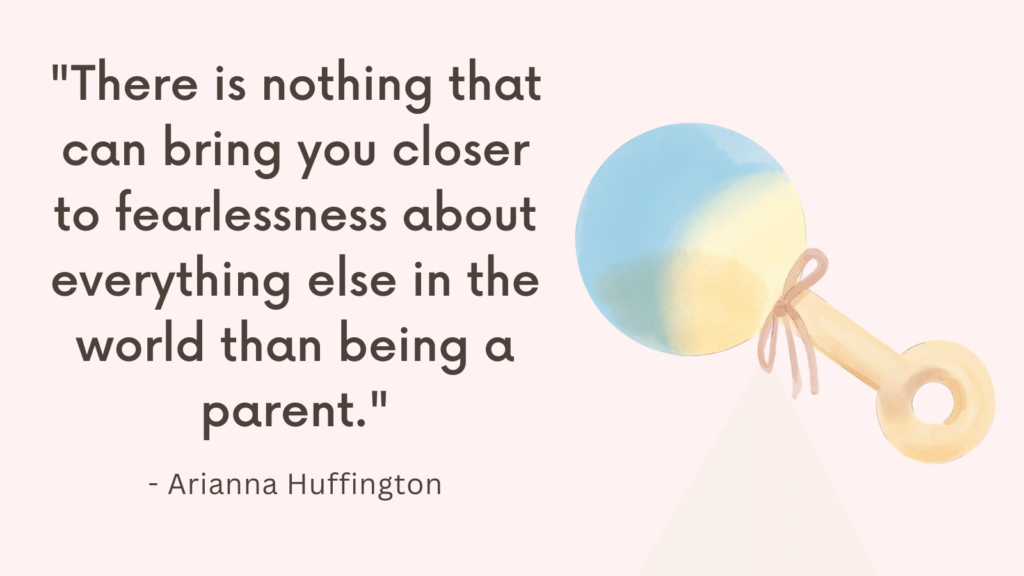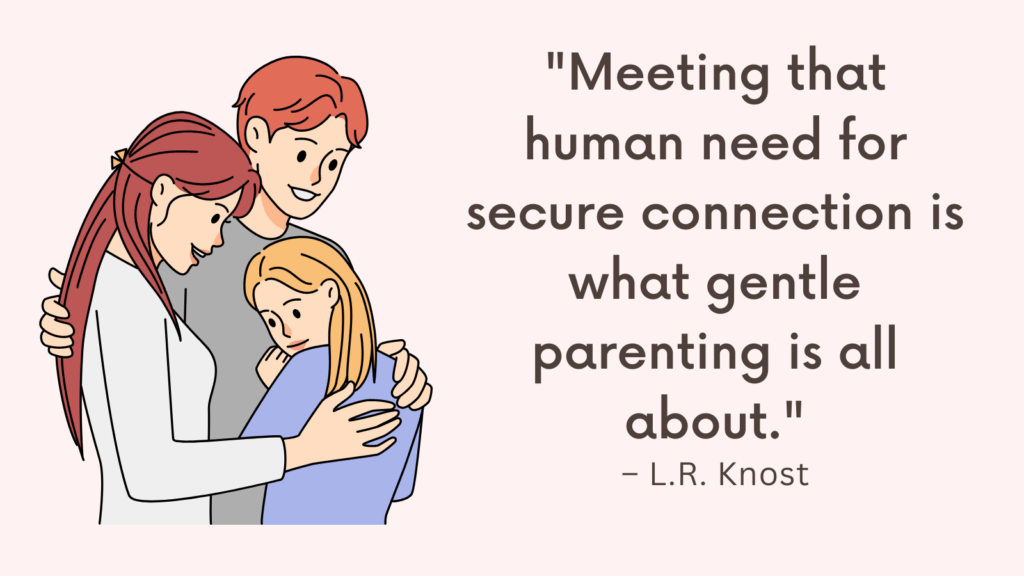This post contains “Does My Child Need Occupational Therapy Quiz.”
What Is Occupational Therapy?
Occupational therapy is a healthcare profession that focuses on helping individuals achieve their goals related to daily living activities, also known as “occupations.”
The goal of occupational therapy is to enable people to participate in their everyday life activities, whether it be at home, school, work, or in the community, despite any physical, emotional or cognitive limitations they may have.
Occupational therapists work with individuals of all ages and with a range of conditions, including but not limited to developmental disabilities, mental health conditions, physical injuries or illnesses, and aging-related issues.
They use a patient-centered approach to identify barriers to participation and develop personalized treatment plans to help individuals improve their functional abilities, independence, and quality of life.
Examples of occupational therapy may include:
- Assisting children with disabilities to improve their handwriting
- Helping children with sensory processing disorders by using sensory integration techniques
- Supporting individuals with autism in developing social and communication skills
- Teaching elderly patients with arthritis how to use adaptive devices to help with mobility and daily living activities
- Helping a stroke survivor re-learn how to dress themselves
- Working with individuals who have had a traumatic brain injury to regain cognitive function and reintegrate back into society
Related: Why Would A Child Need Occupational Therapy?
Does My Child Need Occupational Therapy Quiz
Results
#1. Is your child struggling to complete daily tasks such as getting dressed, brushing their teeth or eating with utensils?
#2. Do they have difficulty holding a pencil or crayon, and completing age-appropriate writing tasks?
#3. Do they avoid or struggle with playing or socializing with other children?
#4. Do they experience challenges with hand-eye coordination, balance or fine motor skills?
#5. Are they easily overwhelmed by sensory input such as loud noises, bright lights or certain textures?
#6. Do they experience difficulties with focus or attention in class or at home?
#7. Are there any developmental delays or disorders present in your child’s medical history that may affect their ability to perform daily activities?
#8. Have teachers or other caregivers expressed concerns about your child’s behavior or participation in activities?
#9. Have they child experienced any physical injuries or limitations that may affect their movement or mobility?
We will not sell your information. All results are kept confidential.
This quiz is for informational purposes only. It is not meant as a diagnostic or assessment tool.
Results
The questions above represent common signs your child may benefit from occupational therapy. If you answered yes to most of these questions, it may be beneficial to consult with a professional occupational therapist to assess your child’s specific needs and develop a plan for treatment.
Related: Is My Child Gifted Quiz
When Is Occupational Therapy Recommended For Children?
Occupational therapy can be recommended for children for a variety of reasons, including:
1. Developmental delays: If a child is struggling with developmental milestones such as crawling, walking, speaking, or socializing, occupational therapy can help them catch up and develop essential skills.
2. Sensory processing disorders: Children with sensory processing disorders may have difficulty processing information from their senses, which can affect their ability to learn and interact with the world around them. Occupational therapy can help these children learn how to process sensory information more effectively.
3. Physical disabilities: Children with physical disabilities such as cerebral palsy, spina bifida, or muscular dystrophy may benefit from occupational therapy to improve their mobility and independence.
4. Behavioral or emotional issues: Children with behavioral or emotional issues, such as ADHD or autism, may need occupational therapy to help them manage their symptoms and develop coping mechanisms.
Overall, occupational therapy can be recommended for children whenever there is a need to improve their ability to perform everyday activities, learn new skills, and participate fully in school and social life.
Related: Best 10 Books About Learning Disabilities
Techniques and Activities Used in Occupational Therapy
Occupational therapy uses a variety of techniques and activities to help children improve their ability to perform everyday tasks. Some popular techniques and activities include:
1. Sensory Integration: This technique helps children who struggle to respond appropriately to sensory input by helping them gradually adapt to different stimuli.
2. Fine Motor Skills Activities: These can include activities such as finger painting, lacing cards, and playing with playdough, to help children develop the small muscles in their hands and fingers.
3. Gross Motor Skills Activities: These activities help children develop the large muscles in their arms, legs, and trunk, such as jumping, running, and playing catch.
4. Handwriting: Occupational therapists often work to improve a child’s handwriting skills through targeted exercises and practice.
5. Visual Perception Activities: These activities help children develop the ability to interpret visual information and learn how to navigate their environment safely.
6. Self-care Skills: Occupational therapists also help children improve their self-care skills by teaching them how to dress, brush their teeth, and perform other daily tasks independently.
7. Behavioral Techniques: Occupational therapists may use behavioral techniques to help children reduce negative behaviors and increase positive behaviors.
8. Play-Based Therapy: Many occupational therapists incorporate play-based therapy into their sessions, using games and toys to help children build skills in a fun and engaging way.
Related: Best 10 Gentle Parenting Books
For How Long Does A Child Need Occupational Therapy?
The duration of occupational therapy for a child depends on their individual needs and goals.
Some children may only need a few sessions to address specific concerns, while others may require ongoing therapy to support their development.
The length of therapy may also depend on the severity of the child’s condition or disability, as well as their rate of progress in therapy.
In general, a child may continue to receive occupational therapy for several months or years, depending on their individual needs.
The therapist will work closely with the child and their family to determine the most appropriate length of therapy and adjust the treatment plan as needed.
Conclusion
Occupational therapy for children involves the use of therapeutic interventions to help children with physical, cognitive or developmental challenges participate in meaningful activities.
The goal of occupational therapy is to enable children to lead productive and autonomous lives.
Occupational therapy sessions are designed to be both fun and engaging for children, using games, toys, art, and other activities to achieve therapeutic goals.
One of the benefits of occupational therapy for children is that it can be customized to meet individual needs and provide tailored support.
With the gentle, patient and friendly approach of an occupational therapist, children receive the guidance they need to reach their full potential.
References
- Occupational Therapy & Therapists explained WebMD. Available at: https://www.webmd.com/pain-management/occupational-rehab
- NHS choices. Available at: https://www.nhs.uk/conditions/occupational-therapy/
- Finlan, T. (ed.) (2020) Occupational therapy (for parents) – nemours kidshealth, KidsHealth. Available at: https://kidshealth.org/en/parents/occupational-therapy.html







